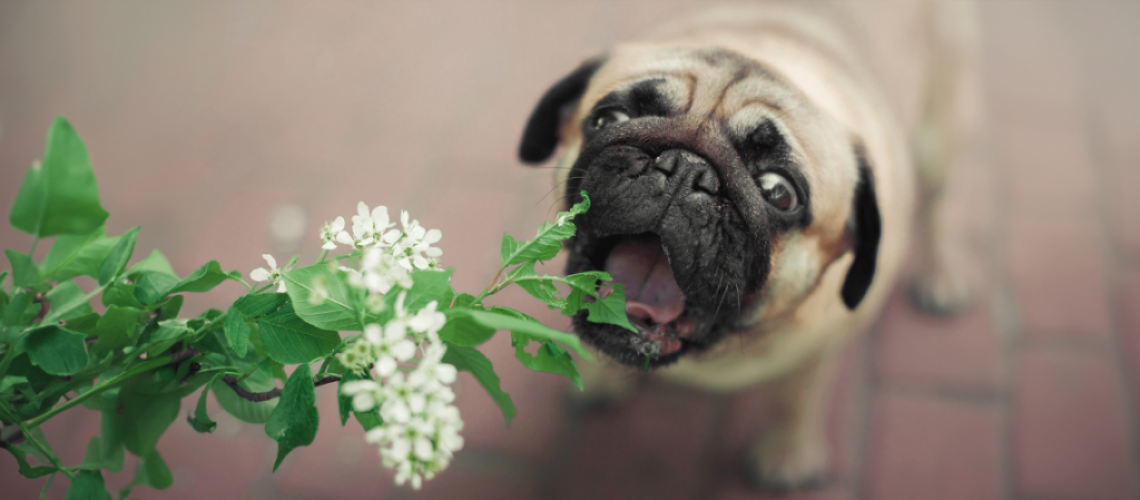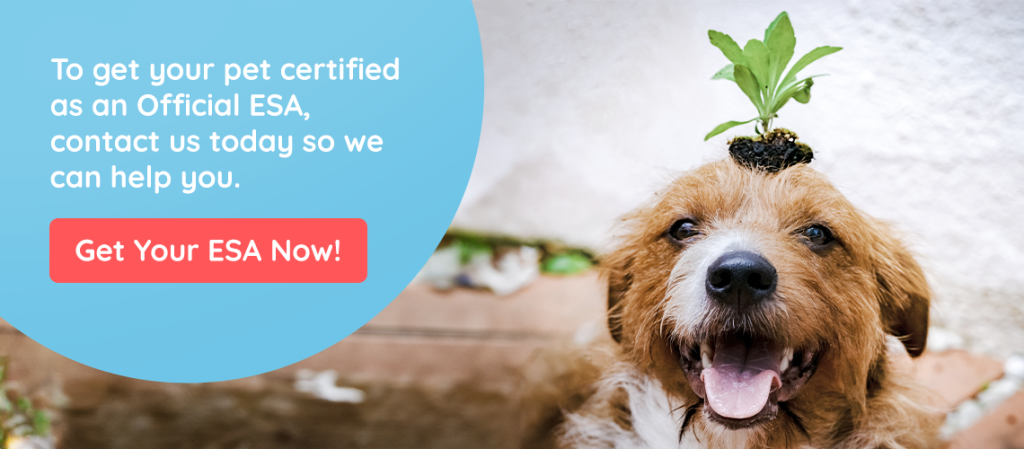Pets are curious creatures, and they often explore their surroundings by sniffing and tasting things. Unfortunately, some of the plants they encounter can be highly toxic to them. Knowing which plants are dangerous is essential to keeping your furry friends safe. In this blog post, we’ll discuss common toxic plants for cats and dogs, what parts of the plant are harmful, and the symptoms of poisoning.
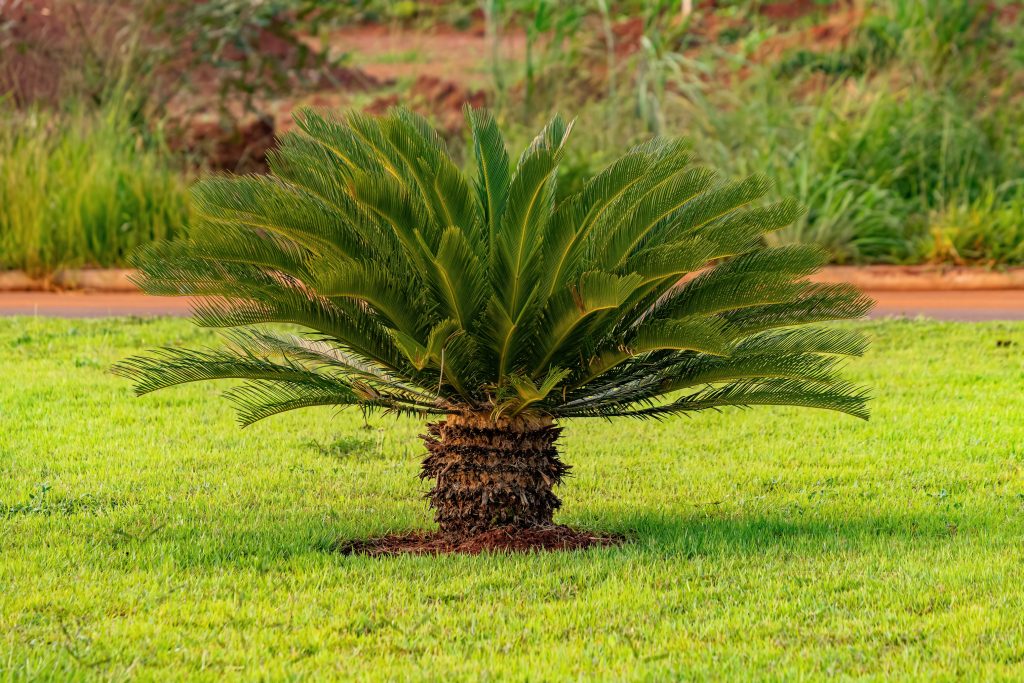
Sago Palm
The Sago Palm poses a significant toxicity risk to both dogs and cats. Every part of the plant, especially the seeds, contains toxins that can cause liver failure. Even a small amount can be deadly. Symptoms include vomiting, drooling, abdominal pain, and liver damage. If you suspect your pet has ingested any part of a Sago Palm, contact your vet or animal poison control immediately.

English Ivy
English Ivy is another plant that is toxic to dogs and cats. This plant contains toxins that can cause vomiting, drooling, abdominal pain, and excessive thirst. The leaves and berries are especially dangerous. If your pet eats English Ivy, they may also experience difficulty breathing and an abnormal heart rate. Keeping your pets away from such plants is crucial. Did you know that having your pet registered as an Emotional Support Animal (ESA) can help ensure they are always looked after and safe? Take our ESA Quiz to see if your pet qualifies as an ESA today!
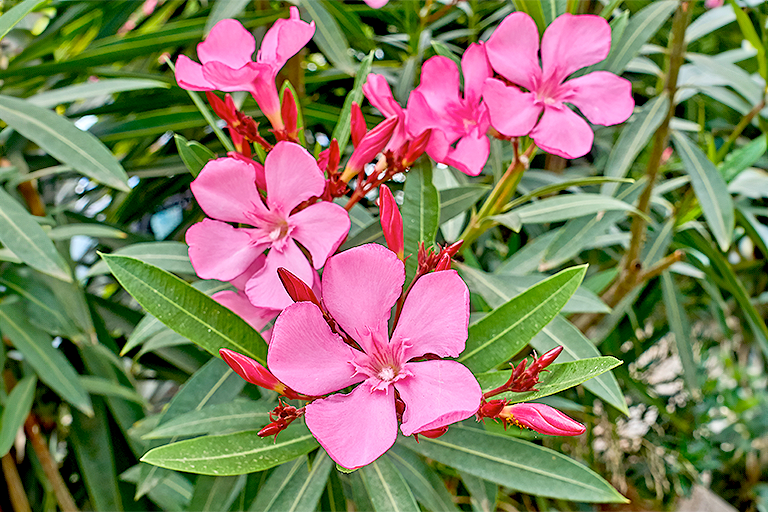
Oleander
Oleander is an attractive plant, but it is highly poisonous. It contains cardiac glycosides, which can affect the heart. All parts of the plant are poisonous. Symptoms of oleander poisoning include drooling, vomiting, diarrhea, and an abnormal heart rate. In severe cases, it can lead to death.
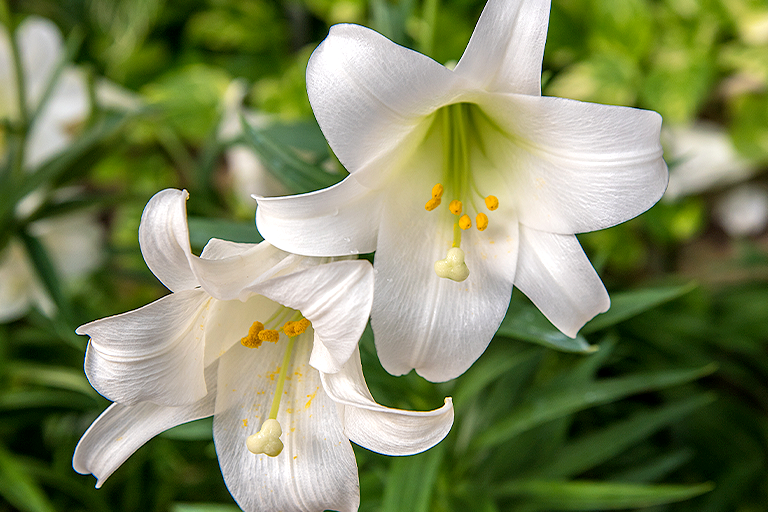
Lilies
Lilies are extremely toxic to cats. Even a small amount of any part of the plant can cause kidney failure. Symptoms may manifest as vomiting, excessive drooling, and significant lethargy. If you suspect your cat has eaten any part of a lily, seek veterinary help right away.
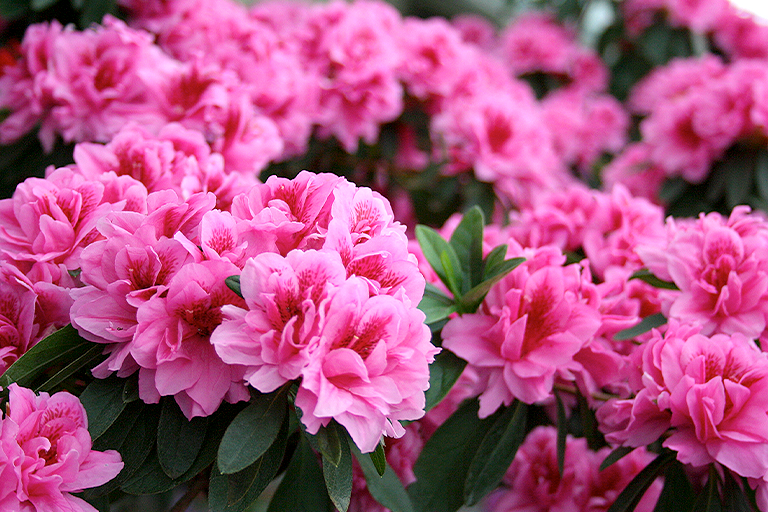
Azaleas and Rhododendrons
Azaleas and Rhododendrons contain toxins that can cause vomiting, drooling, diarrhea, and abnormal heart rates in pets. In severe cases, it can lead to coma or death. All parts of the plant are dangerous, so keep your pets away from these beautiful but toxic flowers.
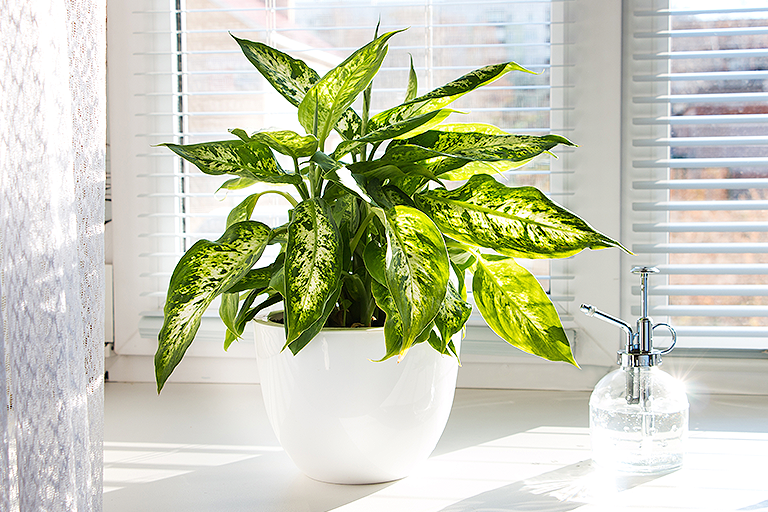
Dieffenbachia
Dieffenbachia, also known as Dumb Cane, contains toxins that can cause oral irritation, drooling, vomiting, and difficulty swallowing. Ingesting this plant can also lead to excessive thirst and drooling in both dogs and cats.
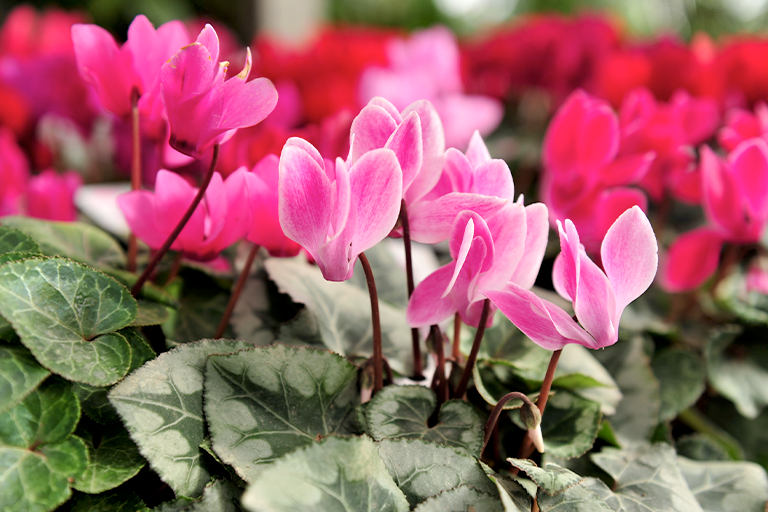
Cyclamen
Cyclamen contains toxins that are most concentrated in the roots. Ingesting this plant can cause drooling, vomiting, diarrhea, and in severe cases, heart problems and seizures.
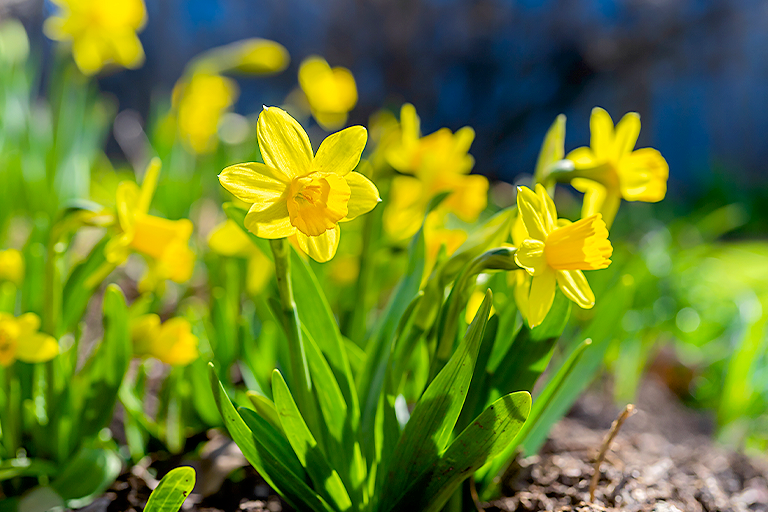
Daffodils
Daffodils contain toxins that can cause vomiting, drooling, abdominal pain, and heart problems. The bulbs are especially toxic, so be careful if you have these in your garden. Ensuring your pet's safety around toxic plants is just one step in keeping them healthy and happy. Consider getting your pet certified as an Emotional Support Animal to provide them with additional protection and support. Take our ESA Quiz to find out more!
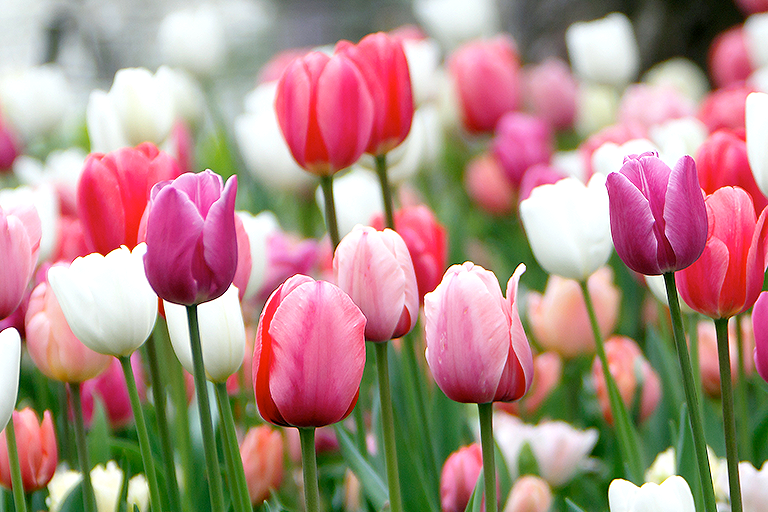
Tulips
Tulips contain toxins that can cause vomiting and drooling in pets. The bulbs are the most toxic part, so if your pet digs up and eats a tulip bulb, they could be in serious trouble.
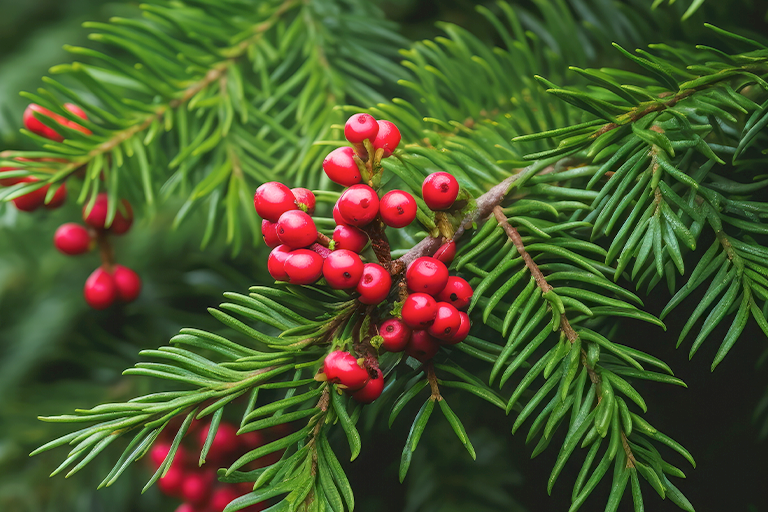
Yew
The Yew plant poses a significant toxic risk to both dogs and cats. Ingesting this plant can lead to vomiting, difficulty breathing, and an abnormal heart rate. In severe cases, it can cause sudden death because of heart failure. All parts of the plant are dangerous, especially the berries and leaves.
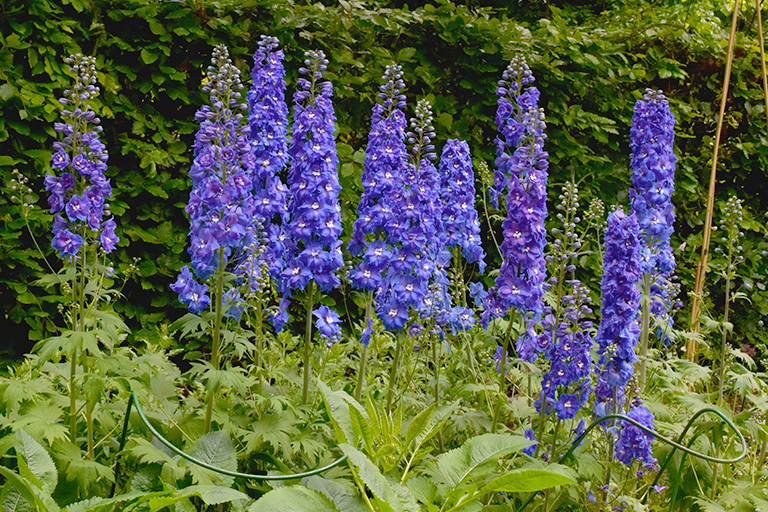
Delphinium
Delphinium, also known as larkspur, contains toxins that can cause drooling, vomiting, and abdominal pain. Ingesting large amounts can lead to muscle weakness, paralysis, and even death. Both the leaves and seeds are highly toxic.
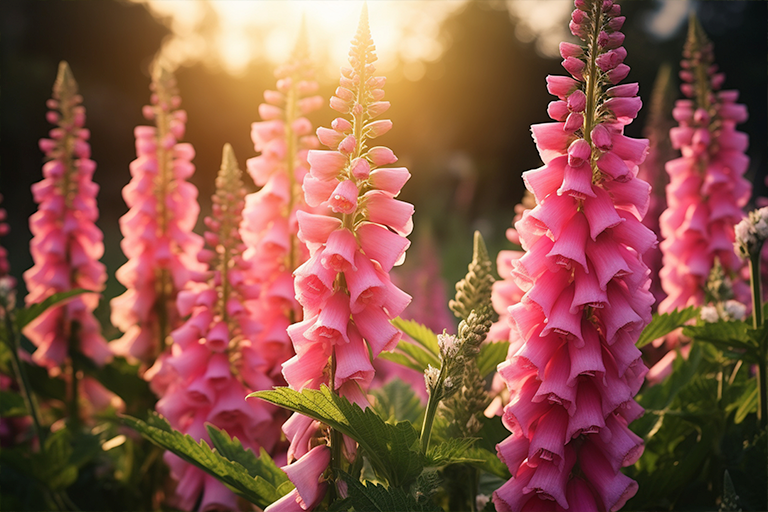
Foxglove
Foxglove contains cardiac glycosides, which can affect the heart. Ingesting any part of this plant can lead to vomiting, drooling, abdominal pain, and an abnormal heart rate. In severe cases, this can lead to fatal heart failure.
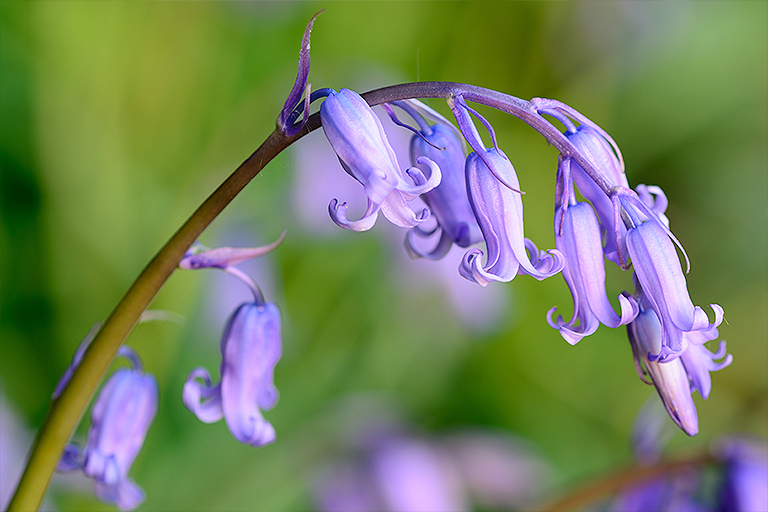
Bluebells
Bluebells contain toxins that can cause vomiting, drooling, and abdominal pain in pets. The entire plant is poisonous, but the bulbs are especially toxic.
Symptoms of Plant Poisoning
If your pet eats a toxic plant, they may show several symptoms, including:
- Drooling
- Vomiting
- Abdominal pain
- Abnormal heart rate
- Excessive thirst
- Difficulty breathing
- Diarrhea
- Seizures
What to Do If Your Pet Eats a Toxic Plant
If you suspect your pet has ingested a toxic plant, take immediate action:
- Identify the Plant: Try to identify the plant your pet has eaten.
- Call Your Vet: Contact your vet or animal poison control for advice.
- Monitor Symptoms: Keep an eye on your pet for any symptoms of poisoning.
- Bring a Sample: If possible, bring a sample of the plant to the vet.
Being proactive about your pet’s health can prevent many emergencies. One way to ensure your pet receives the best care is by having them recognized as an Emotional Support Animal. Take our ESA Quiz now to see if your pet qualifies and learn about the benefits of having an ESA.
Conclusion
It’s important to know which plants are toxic to your pets to keep them safe. Avoid planting or keeping these plants in your home or garden. If you suspect your pet has ingested a toxic plant, act quickly and seek professional help. For a complete list of toxic and non-toxic plants, visit the ASPCA’s toxic and non-toxic plants list.
By being aware of the dangers, you can help ensure your pets stay healthy and happy.


